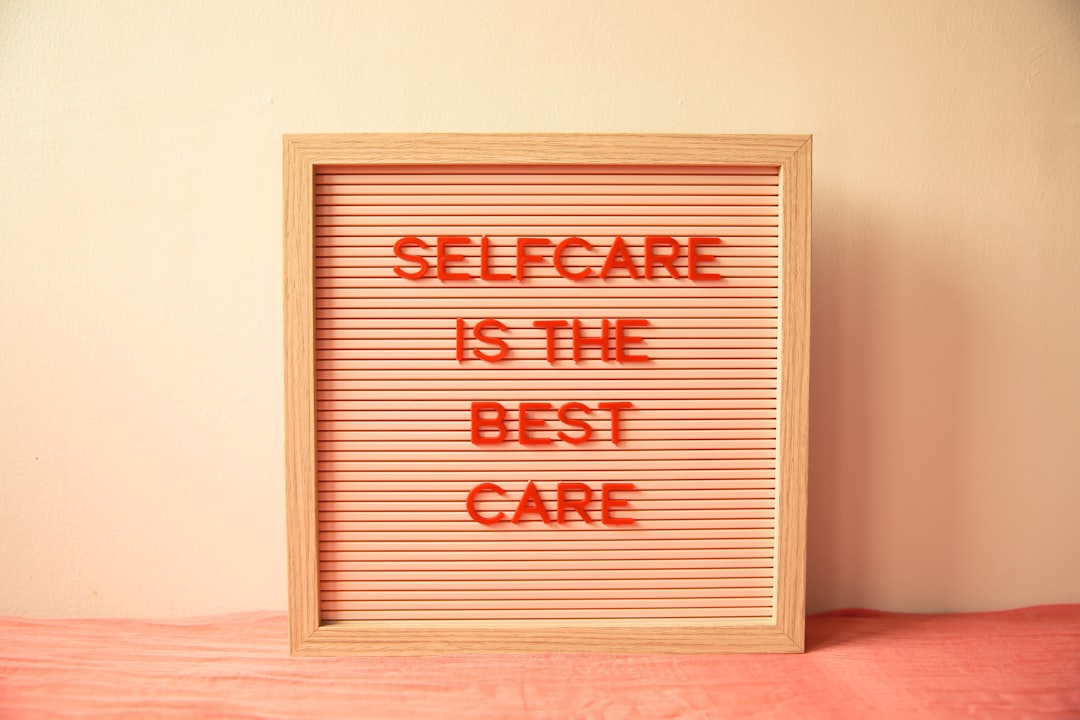



I have shared a bit before about what psychoanalytic psychotherapy is like. That therapy is a conversation between you and the therapist where you are free (encouraged even) to talk about what is top of mind, what has occurred in the past week, what happened in your past. Through the conversation together, we identify your thoughts and feelings while looking for patterns in your life. It is through identifying the patterns that we can begin to make changes or simply understand yourself better.
There is plenty of negative stigma in the media, movies and film about psychotherapy. There are also negative adjectives we use to identify people who go to therapy (“neurotic, crazy, self-absorbed”). None of these are true.

Psychoanalytic psychotherapy helps us understand ourselves better and to use that understanding to identify behaviors to change. We learn to extend compassion to ourselves, to care for ourselves as well as we care for others, to set limits with our time and energy. Psychotherapy can help in many ways!
In demystifying psychoanalytic psychotherapy, I thought I’d share what it’s like to work with me specifically. While psychotherapy often comprises the same components, there are variations from therapist to therapist.

When you begin working with me, we meet for an hour long session so I can take a life history and explore what brought you to therapy. This can often extend in to a second hour long session if we need more time. Together we identify what you’re hoping to achieve in the process of psychotherapy.
After the initial sessions of history taking, we begin meeting for sessions that are 50-55 minutes in length. Often it is helpful in the beginning of our work together to meet weekly, in order for us to build momentum and continue establishing a relationship together. Of course, this is if your finances will allow for it. Some clients cannot afford, even with insurance coverage, to meet this frequently. In those situations, we would meet every other week instead.
A frequent question that comes up is “How long will I need to be in therapy?” Often the answer depends on what you are hoping to achieve in our work together. Sometimes people arrive to therapy with a specific, time-limited goal. Psychotherapy would be a shorter process. In other situations, some clients are looking for support over the long-term and psychotherapy will continue for a longer period of time. In my work as a psychoanalytic psychologist, I work with individuals in both scenarios, whether psychotherapy is short term or for a longer period.
Last month, I began working with Headway to offer therapy to clients with insurance plans and make therapy more affordable. Currently I am contracted with Aetna and Blue Cross with additional insurance plans coming in the upcoming months. For clients who wish to meet without using their insurance, I offer cash rates and provide discounts as appropriate.

My specialities include working with sensitive people with autoimmune disease and chronic illness. I also have a specialty in diabetes (all types) and have counseled hundreds of clients with diabetes. Health psychology is a field that I can geek out on all day!
I also specialize in helping people with grief and loss. The loss can be any type, whether the death of a loved one, the death of a pet, the loss of a marriage or a job, the loss of one’s identity to illness, you name it. Being a human includes living through loss and psychotherapy can help us deal with the emotional pain and find a way through.
Working with clients as they navigate life transitions (pregnancy, first time parent, relocations, retirement, empty nest…). Having support through a transition is a specialty of mine. I also have expertise in working with empaths, helpers, and Highly Sensitive People (HSPs).

Currently, I am offering virtual therapy. While I used to have a physical office, and I enjoyed being in person with clients, my office closed this year. It can take a bit to get comfortable meeting virtually, but research shows that it is as effective as meeting in person. I do my best to make the experience pleasant and to create the same emotional support as if we were in the same room.
One last note on demystifying psychoanalytic psychotherapy, the most powerful tool is the relationship between therapist and client. No matter whether your therapist uses psychoanalysis or CBT or DBT or any other modality, what is important is the quality of the relationship between you and the therapist. I often remind clients when they are beginning therapy with me that it is about the fit, like a pair of shoes. They may look great or be the right price, or you may like the color, but it is only when you try them on that you will know if it’s a good fit. The process can feel daunting when you’re starting out in psychotherapy and you’re hoping to feel better, and I do my best to ensure the fit between us. And ultimately if we aren’t a good fit, I can help you find a therapist who may be a better one.